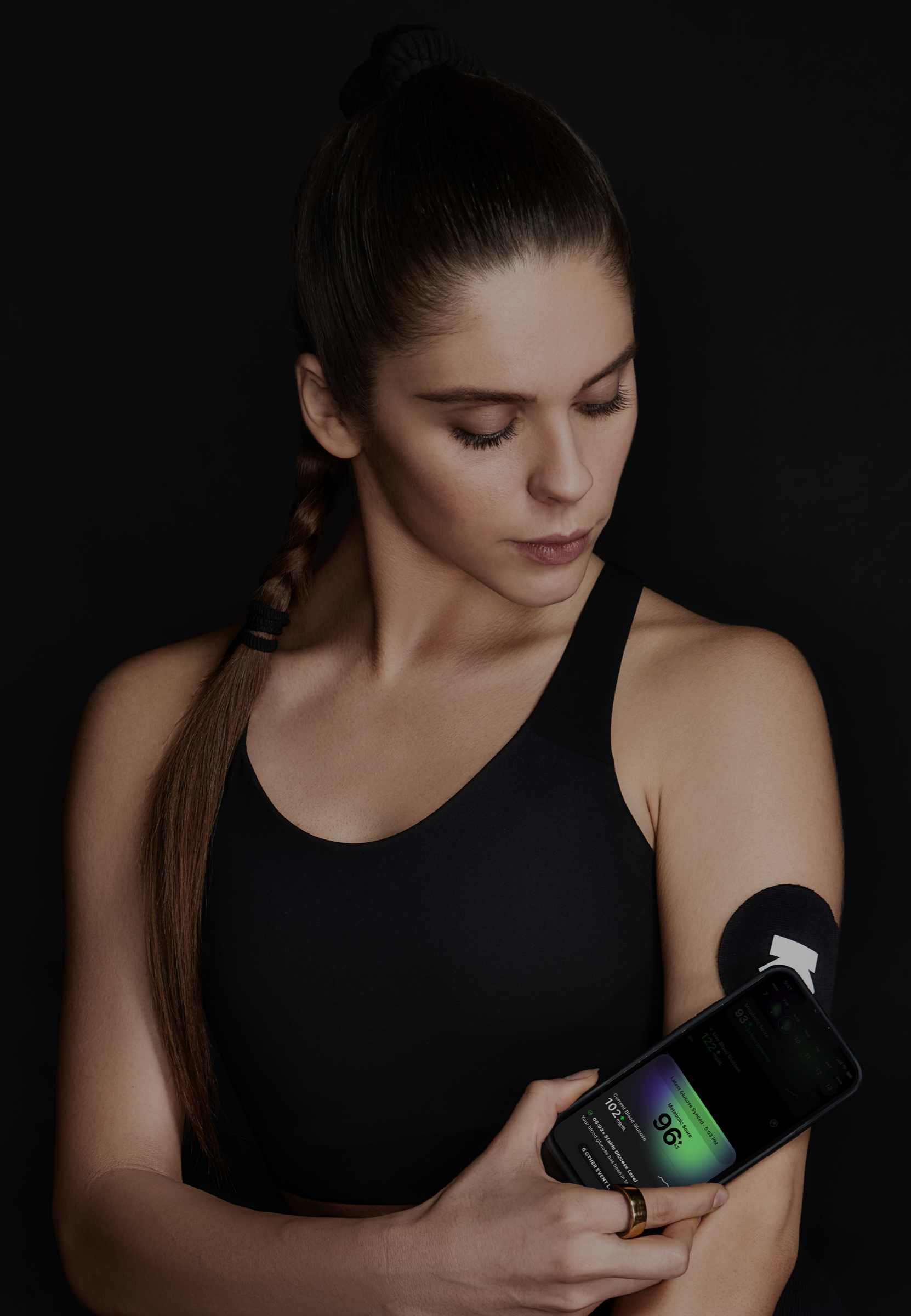
Salmon (100 G), Avocado (Calavo) (1 Serving), Kale (100 G), Spinach (100 G), Lemon (1 Fruit (2 1/8 Inches Dia)), Broccoli (100 G), Cauliflower (1 Cup), Hummus (1 Tbsp) and Capers (1 Tbsp, Drained)
Lunch
116 mg/dL
avg. peak value
Usually causes a small spike
Avg. Food Score on Ultrahuman App
Ultrahuman Users got a STABLE response
How to consume avocado, broccoli, cauliflower, capers, hummus, kale, lemon, salmon, spinach without glucose spikes
Portion Control
Start by reducing the portion size of the foods in question. Eating smaller amounts can help minimize any glucose spikes.
Balanced Meal Composition
Incorporate lean proteins and healthy fats with your meals. These can help slow the digestion and absorption of carbohydrates. Consider adding grilled chicken or tofu to your dishes.
Fiber-Rich Foods
Increase your intake of fiber-rich foods alongside your meals. Foods like lentils, chickpeas, and quinoa can help stabilize blood sugar levels.
Timing of Meals
Space out your meals throughout the day to prevent large glucose spikes. Eating smaller, more frequent meals can be beneficial.
Physical Activity
Engage in light physical activity, such as a short walk, after meals to help your body manage glucose levels more effectively.
Hydration
Stay well-hydrated by drinking plenty of water throughout the day, which can help your body process glucose more efficiently.
Mindful Eating
Eat slowly and mindfully, allowing your body to better regulate the digestion and absorption of nutrients.
Food Pairing
Combine your meals with low-carb vegetables like zucchini or asparagus to add volume and nutrients without spiking glucose levels.
Meal Preparation
Prepare meals using cooking methods that retain the nutritional value and reduce any potential for glucose spikes, such as steaming or grilling.
Monitor and Adjust
Keep track of how your body responds to different meals and adjust your food choices accordingly. Consider keeping a food diary to identify patterns and make informed adjustments.

Discover
metabolic
health with M1
Ultrahuman M1 helps you measure the impact of food and activity on your body in real time through glucose as a biomarker.
Explore Ultrahuman M1Find Glucose response for your favourite foods
Explore OGDbYour cart is empty
Browse through our products and find something for you.
